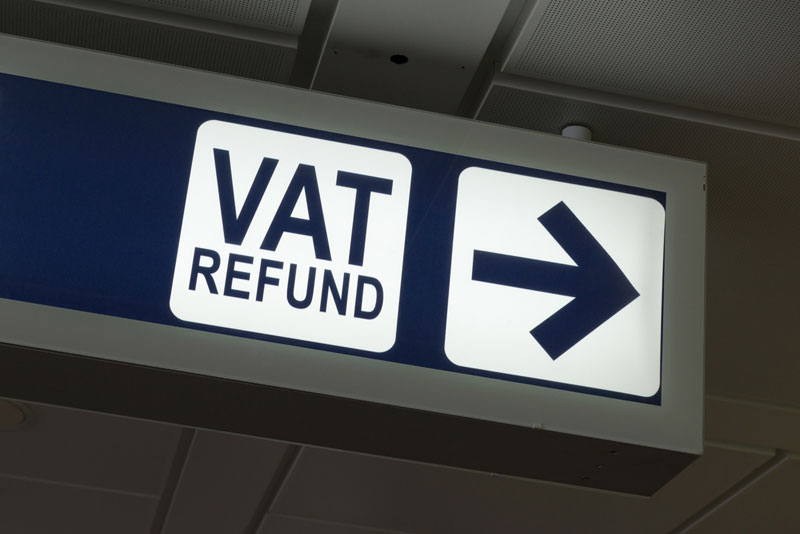Claiming VAT back on bad debts – VAT Helpsheet
VAT Bad Debt Relief
In these times of economic uncertainty, it is more likely that you may have customers who are not going to pay their bills on time, and a few who may not pay them at all. For many businesses cash flow is tight and so any help to ease the burden of bad debts is welcome.
However, there are a number of conditions that must be met and some additional record-keeping to be done before you can take advantage of the relief.
How VAT bad debt relief works
If the debt meets the conditions for the relief, as set out below, you simply add the VAT that you wish to claim to the VAT on your purchases and expenses – in Box 4 of your VAT return.

The conditions for claiming bad debt relief
1. You must have made a supply to and charged the VAT to your customer. The VAT must have been accounted for to HM Revenue & Customs (HMRC) by including it on a previous VAT return and paying the VAT due on that return. You cannot make a claim for bad debt relief on sales made under the Cash Accounting scheme; that is where you do not account to HMRC for VAT on your sales until you are paid.
2. The debt must be six months overdue. This is measured from the date the debt was due rather than the invoice date, (or from the date of the supply if this was later than the due date). So if you offer 30 days credit in your terms of trade you must wait 30 days and the six months before you can claim bad debt relief. It does not matter whether your customer has already gone into liquidation, bankruptcy, etc. You must still wait the six months plus the normal credit period.
3. The debt must be written off in your accounts. This can be done by way of a memo account if you want to provide against the debt rather than write it completely out of your records. However, a “refunds for bad debts account” must be maintained. You cannot write off a debt for VAT purposes by simply issuing a credit note.
4. The supply must not have been made at an above open market value (taken to mean the customary selling price).
5. You must not have sold or factored the debt under a legal assignment. If a factored debt is reassigned to you under the terms of the factoring agreement you can then claim VAT bad debt relief.
Other requirements
You must keep a record of the invoices you are claiming bad debt relief on and how you have calculated the bad debt relief. If you have received part payments you need to show how these were allocated, there are rules for allocating payments in VAT Notice 700/18/02 Relief from the VAT on bad debts. You must keep the “refunds for bad debts account” as stated above. These records are best kept in a VAT file together with the copy of the return on which the relief was claimed.
What if the debt, or part of the debt, is paid?
You will have to repay the bad debt relief to HMRC by way of your VAT return. There are some quite complicated matching rules so look at the VAT Notice 700/18/02 or seek advice if you are in this position and not sure what to do.
What if I am slow paying my suppliers?
There is a corresponding “negative” adjustment that you should make to your VAT account if you exceed your suppliers’ credit terms by more than six months. If you have already claimed the VAT on supplies in these circumstances you should repay it to HMRC.
Further advice
Detailed guidance is in VAT Notice 700/18/02 Relief from the VAT on bad debts, available from HMRC, or seek advice. We can help you with bad debt relief claims and advice on what records you need to keep.
Contact
Tel: 01823 664411
Mob: 0771 3574333